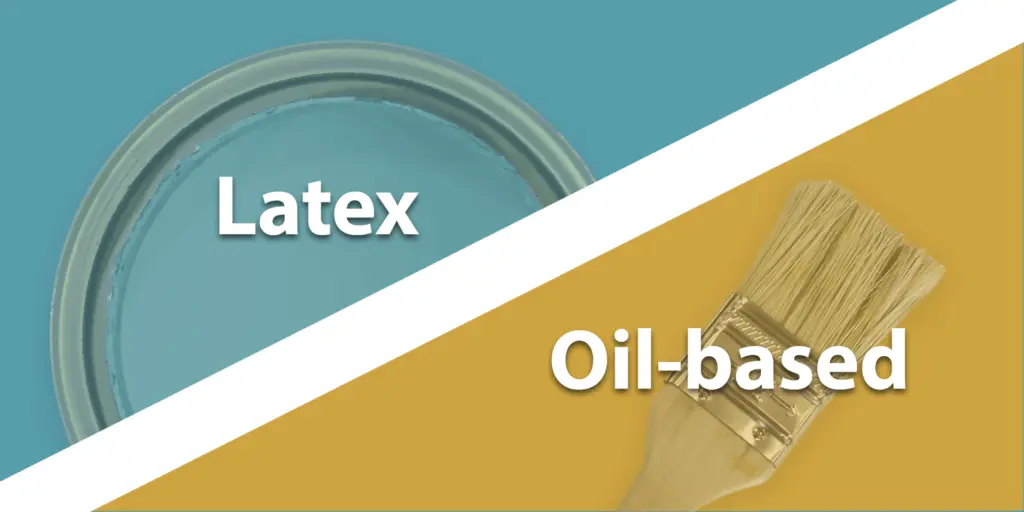Can you paint eggshell over satin? In this blog post, we will delve into the characteristics of both eggshell and satin paints, as well as their benefits and preparation requirements.
We will also explore whether painting eggshell over satin is a feasible option by discussing the steps that need to be taken before attempting such a task. Furthermore, we will highlight possible issues that may arise when painting eggshell over satin and provide valuable tips for achieving success in this endeavor.
Lastly, we will conclude with an overview of the pros and cons associated with this technique, along with best practices for ensuring optimal results. Let's answer: can you paint eggshell over satin?
Table of Contents
Before painting eggshell over satin, it's crucial to determine whether your existing satin paint is water-based or oil-based.
This can be done by rubbing some denatured alcohol onto the painted surface - if the color rubs off, then it's likely water-based. Otherwise, it's oil-based. Knowing this information will help you choose the appropriate primer and paint type for a successful paint job.
Pour a small amount of denatured alcohol onto a clean cloth or cotton ball. Rub gently on an inconspicuous area of your painted surface for about 10 seconds. If any color comes off onto your cloth or cotton ball, then you're dealing with water-based paint; no color transfer indicates that you have an oil-based paint finish instead.
This simple test will help ensure that you select compatible primers and topcoats when transitioning from a satin to an eggshell finish. For example, if you have water-based satin paint, it's best to use a latex primer and latex goop for your new coat of eggshell paint. Conversely, oil-based paints require the appropriate oil-based primers and topcoats.

Water-based paints, also known as latex paints, are more environmentally friendly and easier to clean up than their oil-based counterparts. They dry fast and have fewer VOCs, which makes them a favored pick for home and business applications.
Oil-based paints, on the other hand, offer greater durability and resistance to wear and tear but take longer to dry. These types of paints are often used in high-traffic areas where durability is essential.
It is important to determine the type of satin paint before attempting to apply eggshell over it, as this will help ensure a successful and durable finish. Once the type of satin paint has been determined, surfaces should be properly prepared for painting with an appropriate cleaning solution and light scuffing prior to applying eggshell.
Can you paint eggshell over satin? Proper surface preparation is essential when painting eggshell over satin to ensure a smooth application process and professional-looking results. Clean surfaces thoroughly using a trisodium phosphate solution to remove dirt, grease, and grime.
Correct any wall imperfections such as dents or unevenness before applying new layers of either finish by lightly scuffing surfaces using a Scotch Brite sponge or razor blade.
Always wear gloves and eye protection while working with TSP solutions as they can be harmful if ingested or come into contact with skin/eyes. Ensure the workspace is aired out when handling this procedure.
To promote better adhesion between your existing satin paint layer and the new eggshell paint coat, you'll need to lightly scuff up the current finish. This can be done using either a Scotch Brite sponge or a razor blade.
After scuffing up your surfaces, make sure to clean away any dust or debris before moving on to primer application (if necessary) or directly painting with eggshell paint for the best results.
When preparing surfaces for painting eggshell over satin, it is important to clean the surface with a trisodium phosphate solution and lightly scuff the area for better adhesion.
Primers and multiple coats are essential to achieve optimal results. Therefore, it is necessary to choose between primer or white latex paint before applying multiple layers of even coverage.
Can you paint eggshell over satin? Yes, but it's as essential to consider the use of primers and multiple coats to achieve optimal results.
Depending on your project needs, you may need to use a primer before starting the actual paint job if your current coat of satin is darker than the desired shade. Alternatively, you can opt for two layers of white latex paint instead of a primer to provide even coverage across the entire area being worked upon.
The choice between using a paint primer or white latex paint depends on various factors such as surface condition, the color difference between existing and new paints, and overall project requirements.
If you're working with oil-based satin paint or significant color differences exist between old and new shades, applying an appropriate primer is recommended. On the other hand, if dealing with water-based satin paint in relatively similar colors to eggshell finish, two coats of white latex might suffice.
In addition to these steps, it's essential to use high-quality materials such as eggshell paint, primer (if needed), and painter's tape for masking off areas not being painted. By following these guidelines and taking your time during the application process, you can successfully transform any room by painting eggshell over satin with professional-looking results.
Can you paint eggshell over satin? Nevertheless, various considerations should be taken into account before proceeding with the task. Eggshell paints require more preparation and cleaning than other types of paints such as satin or semi-gloss due to their higher levels of sheen.
Additionally, using a primer prior to painting with an eggshell finish will help ensure better adhesion and coverage when compared with applying it directly on top of a previously painted surface in order for the best results possible.
Let Pristine Painters provide you with expert interior painting services. Our experienced team can help you determine if it is safe to paint eggshell over satin for your residential or commercial project.